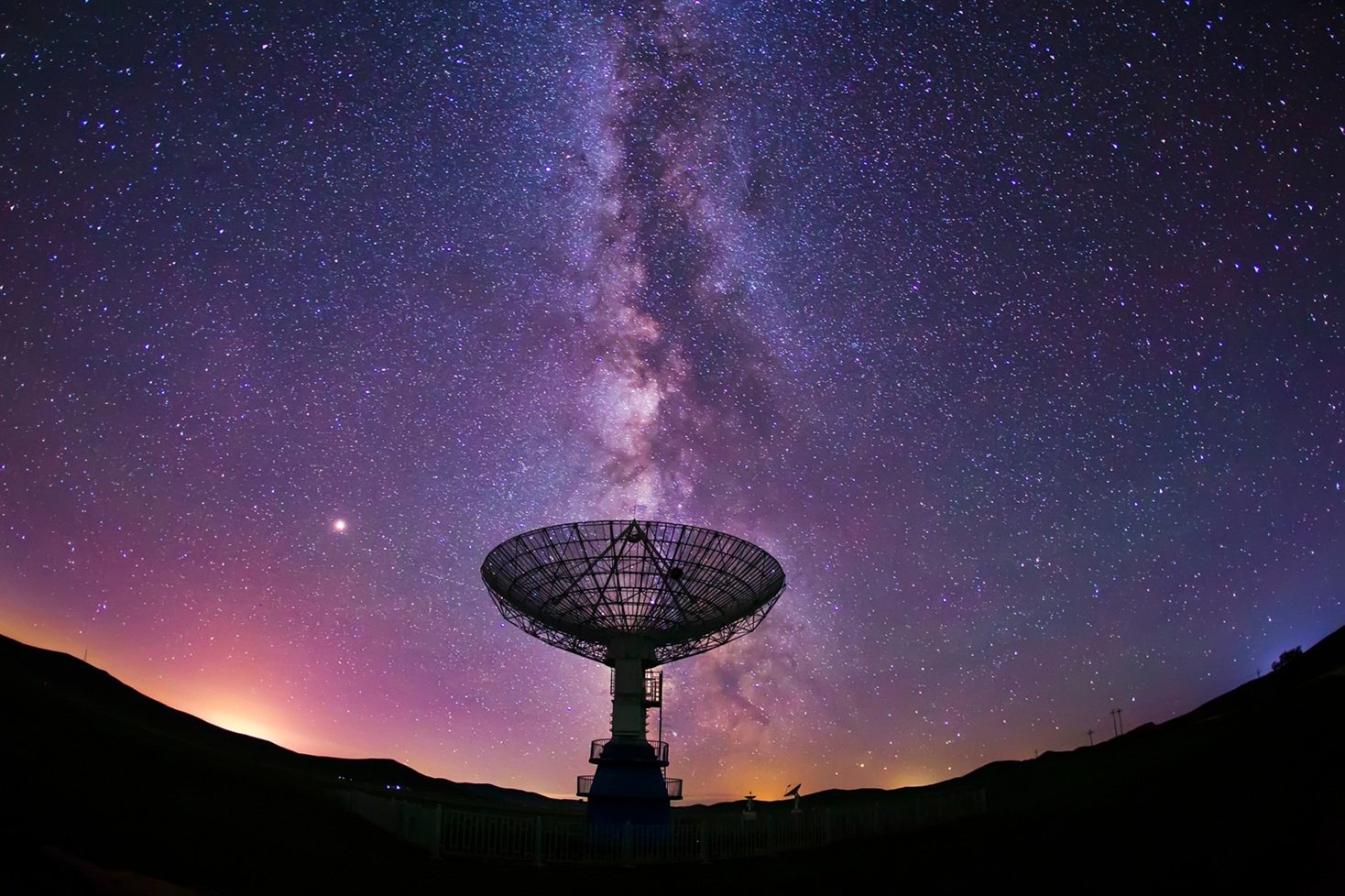If we are to colonize Mars in the future, it will be no small feat to return astronauts to Earth. Unfortunately, it is not feasible to simply take more rocket fuel with us for the return home.
Any viable return option would therefore be reliant on fuel produced locally on Mars. Scientists have developed a concept for local rocket fuel production with the cunning use of algae and E.coli to solve this issue. They published their concept in the peer-reviewed journal: nature communications.
Image Credit: Supamotion via Shutterstock / HDR tune by Universal-Sci
Taking rocket fuel with us to Mars
Current plans for rocket fuel on Mars are based on LOX (liquified oxygen) and methane. Unfortunately, none of these resources are available on the red planet. Hauling the resources with us to Mars would cost billions of dollars. According to the science team, their proposed concept for biofuel production would significantly reduce costs.
Handily, most of the resources needed for locally produced biofuel (dubbed 2,3-butanediol or 2,3-BDO for short) are already available on Mars, namely: frozen water, light from the sun, and CO2. However, colonists would still need to take the required microorganisms with them from Earth in addition to some plastic components needed to construct reactors.
The microorganisms that astronauts must take with them are bio-engineered E.coli bacteria and so-called cyanobacteria (more commonly known as blue-green algae).
First author of the paper, Dr. Nick Kruyer, explains that CO2 is one of the rare resources readily available on the red planet. Because biology is particularly great at transforming CO2 into helpful components, it is an excellent fit for the production of rocket fuel on location.
The Martian poles mainly contain a lot of water ice and dry ice (CO2) - Credit: NASA/JPL/Malin Space Science Systems via Wikimedia Commons
How to produce biofuel on Mars
In short, the algae will use sunlight to transform CO2 into sugars that are then enhanced by bio-engineered E.coli into 2,3-butanediol. Interestingly, 2,3-BDO is not entirely conceptual as it currently exists and is mainly used to produce rubber components. It has just never been thought of as fuel before.
Production begins by assembling plastic components sent from Earth into photobioreactors. Algae would then grow in these photobioreactors with the help of photosynthesis, requiring CO2 in the process.
In the meantime, enzymes would be used in separate photobioreactors to break down the algae into sugars. These sugars can be fed to E.coli bacteria, which would then produce the rocket fuel. The fuel would need to be isolated from the bacteria with the use of high-tech separation techniques.
A nice additional benefit of the production process mentioned above is that it creates large amounts of surplus clean oxygen that could be used elsewhere in the colony.
Photobioreactors as proposed in the concept - Image Credit: BOKO mobile study
Further research
According to Matthew Realff, part of the research team, it is also necessary to conduct experiments to show that cyanobacteria can be grown in the conditions encountered on Mars. For example, there exists a difference in the spectrum of sunlight that reaches the Martian surface due to the remoteness and lack of an atmosphere that needs to be accounted for.
The researchers are currently also working on optimizations for the production process to reduce the amount of resources needed for the reactors, effectively reducing the weight of the required payload that needs to be taken to Mars.
Let us hope that the hurdles can be passed and future Mars colonists will have their own rocket propellant production facilities!
Sources and further reading:
Designing the bioproduction of Martian rocket propellant via a biotechnology-enabled in situ resource utilization strategy (Nature Communications)
How far away is Mars? (Universal-Sci)
If you enjoy our selection of content, consider subscribing to our newsletter - (Universal-Sci Weekly)
FEATURED ARTICLES:












